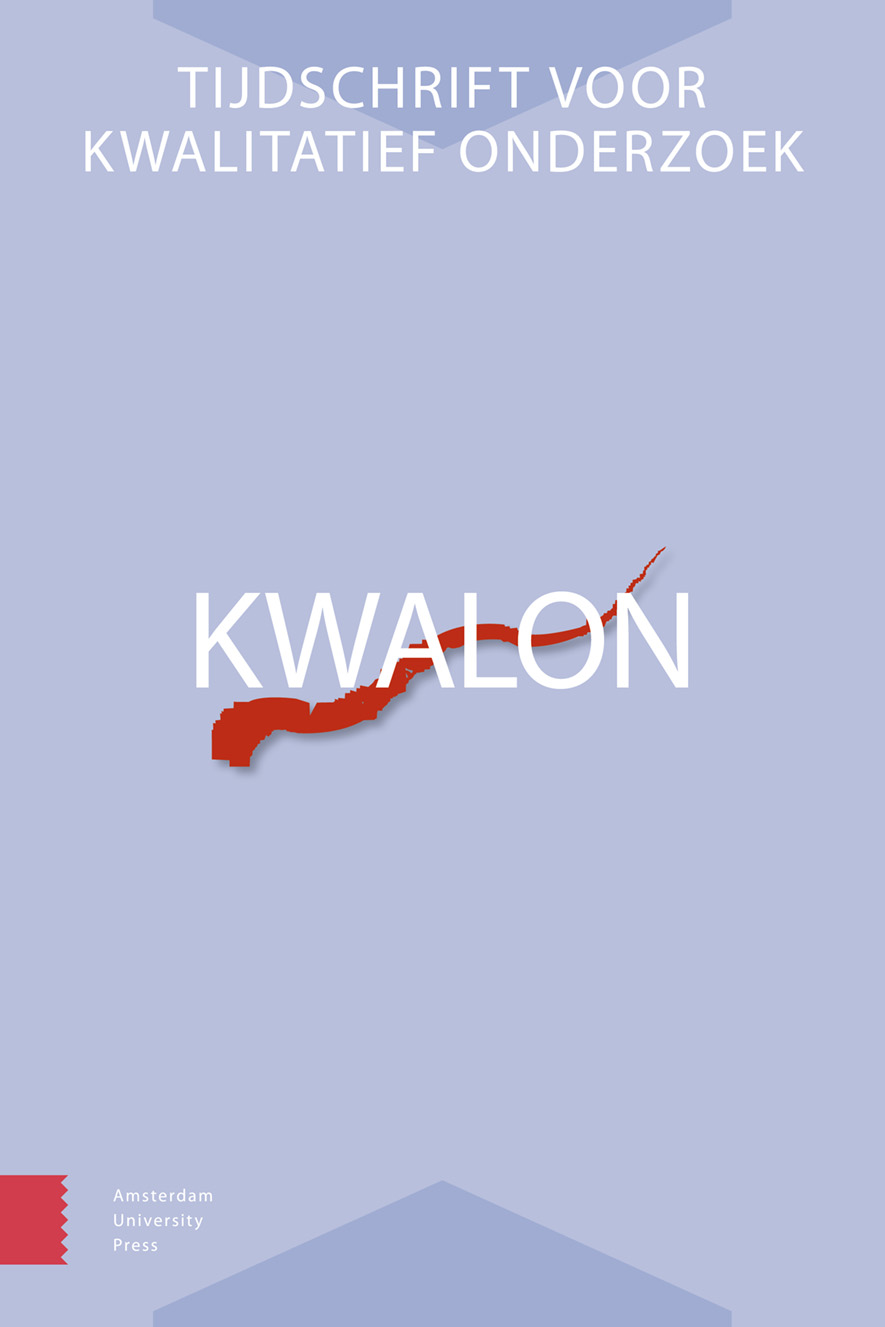-
oa Metaforenanalyse als methode om de betekenis van de verpleegkundig specialist vanuit patiëntperspectief te beschrijven
- Amsterdam University Press
- Source: KWALON, Volume 26, Issue 3, Nov 2021,
Abstract
Metaphor identification in order to describe what meaning patients associate with their experiences with a nurse practitioner
To explore interpretations and meanings of individuals’ experiences, it is normal to conduct open in-depth interviews. Asking participants to express their meanings and beliefs through metaphors or other symbolic representations can enhance insight in their experiences. Also it will support those who find it difficult to describe their feelings in words alone.
This article describes some methodological considerations, the process of using and analyzing metaphors, and the identified metaphors.
The article ends by reflecting on the impact of using metaphors as a way to collect experiences, both from the researcher and participant perspective. Furthermore, we recommend using metaphors or other symbolic representations in future research studying lived experiences and meanings participants associate with these experiences.


